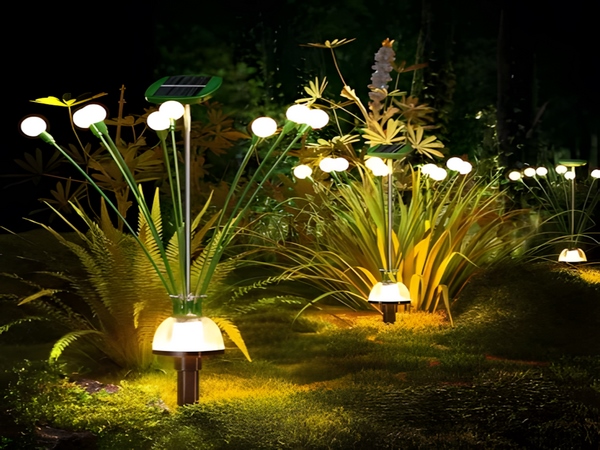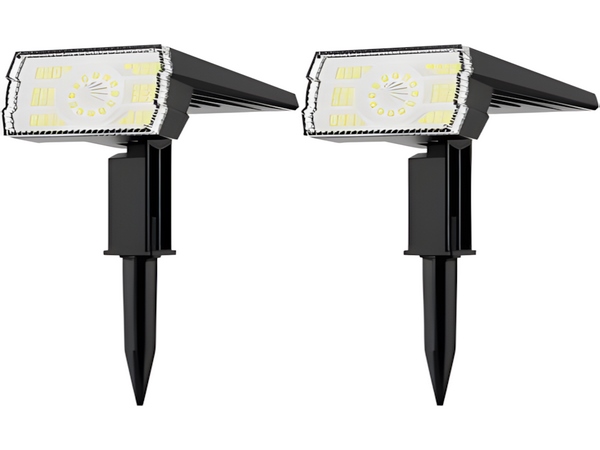
The demand for night lighting is shifting from cities to rural areas. Streetlights have allowed people to move away from the lifestyle of “working at sunrise and resting at sunset,” enriching the cultural life at night, which has become part of modern living. In rural areas, solar streetlights are increasingly promoted due to their low carbon footprint, eco-friendliness, and cost-effectiveness. However, to ensure the smooth installation of solar streetlights in rural areas, the following requirements should be noted:
1. Requirements for Light Source Quality
Generally, the lifespan of light sources for rural solar streetlights is 3-4 years, and the warranty period for light sources produced by reputable manufacturers is 3 years. To ensure the effective extension of the solar streetlight’s lifespan during normal use, proper heat dissipation for the light source must be guaranteed.
2. Ensuring Reasonable Configuration
According to local conditions, solar streetlight manufacturers must make reasonable configurations prior to installation to ensure that installation costs are controlled and that solar streetlights can be well applied in rural road lighting. By saving energy and reducing costs, improvements in rural road infrastructure can be achieved.
3. Ensuring Stability of Solar Streetlight Function

Under normal usage conditions, rural solar streetlights should not suddenly turn off. If such a phenomenon occurs, it may be due to an internal circuit issue or insufficient power supply from the battery. Therefore, after ruling out internal problems, it’s essential to ensure stable illumination during overcast and rainy weather. Additionally, there should be no obstructions on the solar panels during sunny conditions that could affect energy absorption.

This concludes the installation requirements for rural solar streetlights. When installing and using solar streetlights, attention to these points will help maximize their benefits, providing improved living conditions for people in new rural areas.



